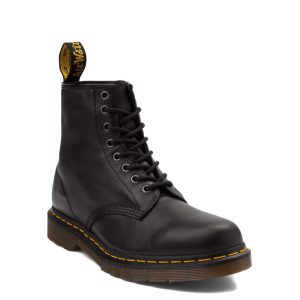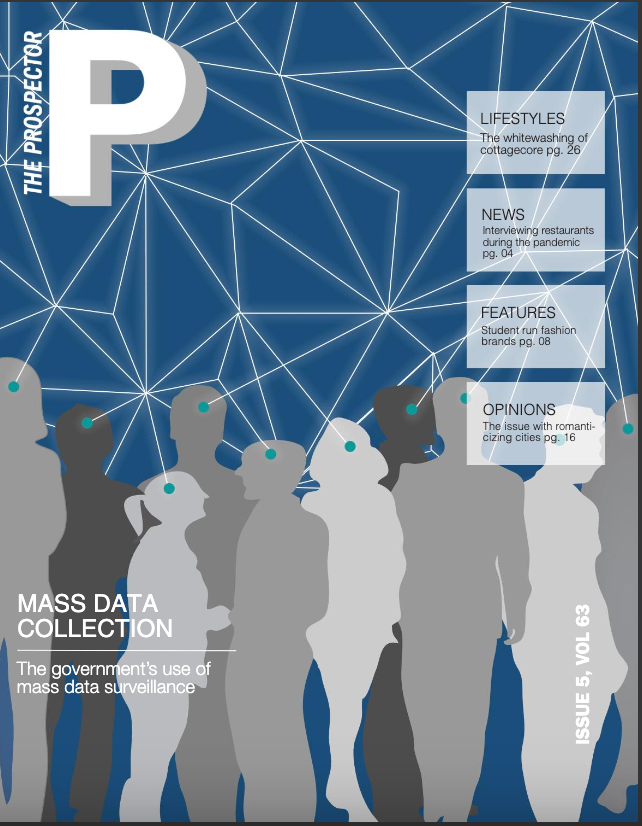Fast Fashion and a Holistic Approach to Consumer Culture
November 25, 2019
Fast fashion. Though a relatively new phrase, this term has been thrown around quite a bit within the past few years. Chances are, even if you are unaware of what “fast fashion” means, you’ve heard of the brands, seen the logos and possibly even worn their clothes. Fast fashion is defined as clothing designed specifically to keep up with current fashion trends — a phenomenon that leads to thousands upon thousands of new clothing hitting the racks of retailers across the country every day.
While fast fashion may seem harmless, there is a laundry list of reasons why many activists, fashion bloggers, social media influencers, etc. have an extreme aversion towards fast fashion. Since there is a great amount of production within the industry, many items are thrown away when left on the shelves of stores for too long. Even customers who purchase items often forget about their new purchases for the next great trend, leading to a lot of waste among one of the largest industries in America.
Thus, it comes as no surprise when those who wear and support fast fashion brands, such as Zara, Forever 21 and H&M, are looked down upon by many. Instead, people opt for wearing sustainable fashion brands, like Reformation and Patagonia, that promote quality clothing, little waste and integrity among business practices. Even though the argument for wearing sustainable fashion might seem compelling, there is just one problem: it’s not realistic.
The unaffordability of sustainable clothing highlights the flaw in the sustainable fashion argument. Disregarding the low waste, the integrity and the quality, sustainable fashion is simply too inaccessible to a majority of the population. In America, for those working minimum wage, in school, in debt or just struggling to make do as is, buying a $100 shirt is not a feasible option, no matter the environmental benefits of the item. Asking everyday people to switch to sustainable fashion is an elitist request, one that only few can meet.
On Reformation’s website, tops start at around $80, going as high as $150, and most sustainable brands have prices of similar caliber. Because of this dramatic difference in prices, many are unable to afford these types of clothing, regardless of environmental or social benefits. As such, these people turn to places like Forever 21, where tops are priced around $15 to $30, a much more affordable value.
On the other hand, the high production rates and affordable prices makes fast fashion easily accessible to all. An article written by the Foundation for Economic Education states that large fast fashion name-brands can design, create and ship a new product to all their 2000 plus stores in a mere two weeks. Assuming this rate remains consistent for the entire year across several brands, it results in a lot of products at comparatively low prices to sustainable fashion. With so much production, the controversy is inevitable, leading to one of the biggest arguments against fast fashion, and for sustainable fashion: worker’s wages.
There is no way to refute the fact that labor workers of fast fashion brands have very low wages. However, recent events are hoping to change this. According to an article by ThinkProgress, in 2013, Cambodian factory workers received pay of about $66 per month. In late 2014, there was a protest of about a thousand Cambodian garment workers, demanding a raise in wages from the then $100 per month to $177 per month. Eight fast fashion brands agreed to raise the worker’s wages. At the current rate the worker’s wages are increasing, as well as the number of brands seeking to take action, it is evident that conditions are slowly improving.
With so much demand and competition within the fast fashion industry, there are inevitably several areas of the industry that are not ideal. According to the same ThinkProgress article, wages are not the only issue regarding factory workers — safety conditions are, too.
In Bangladesh, the lack of safety in garment factories has led to hundreds of factory accident related deaths each year, not including those caused by protests against current factory conditions. Similar events occur in Cambodia, as well.
However, like the issue with worker’s wages, fast fashion brands are slowly working to change these issues. H&M says one solution is to raise the prices of their products and use the profit to give their factory workers ample pay and better the conditions inside their garment factories. If this was implemented on a wide scale, it would increase the average price of clothing by a mere ten cents and would be able to support entire factory upgrades in Bangladesh.
Since fast fashion is all about the latest, greatest fad, fashion bloggers and activists are quick to point out that those who wear fast fashion generally wear it for the trendiness of it all. Even so, perhaps the wearer believes the clothing is nice or it goes with their outfit that day or that it is simply a cute, $15 shirt. After all, who’s to tell someone what fashion is or is not? Regardless of any trends, fashion is a subjective, individual form of expression understood by only the wearer of the clothes.
While fast fashion may not be the ideal form of fashion production and distribution, it will remain a necessary part of the fashion industry as well as consumer’s wardrobes until a more economical, accessible, and long-term solution is found.























